February 7, 2017
Rancho Cucamonga
Kathleen Springer (USGS), one of the three Co-Chairs of the ECA SoCal Coordinating Committee, kicked off the Workshop with a welcome to all attendees who have been participating for years and any new comers. The attendees then each introduced themselves stating their name, organization and interest in attending.
Mark Benthien (ECA Executive Director and Director of Communication, Education, and Outreach for the Southern California Earthquake Center (SCEC)), provided an overview of the ECA, SCEC’s support of ShakeOut outside of California, existing materials and what is being developed (view PPT). The ShakeOut Day of Action is October 19, 2017 (although you can participate any day throughout the year). ECA, through the Public Sector Committee and SCEC students have created great government resources. Kate Long (Cal OES) offers her support and ideas on how to get local and state governments engaged.
Mark shared that we will be filling leadership positions on the SoCal Coordinating Committee for the following positions: Secretary, Regional Workshop Coordinator, Associates Communication Coordinator, Participation Bureau Coordinator, Membership Coordinator, Media Bureau Coordinator, Speakers Bureau Coordinator, Events Bureau Coordinator, EPIcenter Network Coordinator, and Sector-Based Committee Coordinator. These are great opportunities to share your expertise and connections while making California better prepared for earthquakes.
SoCal committees are available for interested participants and roll up into the ECA’s Statewide committees. Bureaus are more boots on the ground that support ECA operations and committees overall.
Mark demonstrated how we’ve grown in ShakeOut participation over the years. The goal for 2017 is to reach 1/3 of the population, more businesses such as small businesses, and to have this year be a ShakeOut Blow-Out.
Social media resources are available and please take full advantage of them by sharing and posting everywhere to get the messages out to the public and other organizations.
To connect to ECA & ShakeOut, use these methods:
|
|
If each attendee, and all Associates, reach out to everyone they know, will make a huge dent on participation – we can do this!
Mark shared how SCEC is developing the “Quake Heroes” documentary with stories from the Northridge earthquake. This film will feature residents of damaged buildings who helped their neighbors, firefighters who rescued survivors, a nurse, a scientist, a reporter, and others. Each person’s story is told via interviews, live-action reenactments, and archival news footage. Overall goal is to motivate preparedness actions and compel people to seek training opportunities such as CERT, CPR/first aid courses, etc. An educational toolkit for high schools will be included.
Again, ECA is organizing a preparedness info booth and a one-hour workshop at the 2017 Los Angeles Abilities Expo from March 24-26 at the LA Convention Center (www.abilities.com/losangeles/). ECA SoCal Associates and representatives of partner organizations are invited to volunteer at the booth. Please let us know if you are available.
Jason Ballmann announced Tsunami Week is March 27 – 31 and to inform those who live, work, or travel near the coast. Learn how to protect yourself from tsunamis by going to the website and participate in a tsunami activity. Just like the registration for ShakeOut, visit www.TsunamiZone.org to register tsunami activities that will occur that week or any day of the year. Let’s get ready to prepare to survive and recover from the earthquakes and tsunamis in our future!
Cheryl Nagy, (San Bernardino County Fire, Office of Emergency Services) presented on the San Bernardino Earthquake Program including highlighting their brand-new 10’ x 60’ Seismic Simulator (view PPT and video demo) and a new San Bernardino Phone App (view PPT).
After the break, Mark made the announcement for the 3rd round of the 2017 Mini Awards Program for up to $500 awards. Examples were given of past recipients and potential earthquake- related uses of the funds, which will be paid directly by ECA/SCEC to cover the approved cost. The details, deadlines, and how to submit an application can all be found at https://www.earthquakecountry.org/socal/miniawards/.
Sheri Aguire (California Earthquake Authority) presented the latest news and an overview of the successful Earthquake Brace + Bolt Program designed to help CA residents, in an expanding number of zip codes, to seismically retrofit their pre-1979 wood-frame house (view PPT).
ECA SoCal attendees then had a Sharing & Discussion Session where attendees could talk about any lessons learned from 2016 Great California ShakeOut; goals and ideas for 2017’s ShakeOut, National Preparedness Month or America’s PrepareAthon; or related topics. Here are some of the highlights:
- An attendee went to a high school and they made a video.
- Mark’s recommendation for anyone who wants to make a video, use the ECA’s EQ Safety Series to know what to include in your video and how to take correct action
- Fay Glass (City of Redlands) shared about floor wardens at city hall and an emergency notification call out to check in. They reached out to faith-based community to check in to practice.
- Andrew Grundig (Volunteers of America) VOA works 75% in high crime area and some of what’s been done in these areas. More needs to be brought to Compton, Watts, etc.
- Mark shared how ECA is bringing in a person who is a Spanish speaker and will help with outreach to those communities. USC is in south LA provides outreach to its neighbors
- An attendee asked what are others doing in your facilities to deal with people who get hysterical? Do you have a buddy system?
- Ken Kondo (Los Angeles County Office of Emergency Management) suggested sharing info on ShakeOut, National Preparedness Month, and PrepareAthon as a way to get them to prepare, get involved in the solutions, which will lessen fear
- Volunteers of America – incident management system implementation along with all the training (such as FEMA IS 100) takes away some of the emotions In EQ, fire department may not be coming to help you so you have to be self sufficient
There was an active conversation and questions about Panic in a disaster, and we were fortunate to have internationally renowned author Dennis Milleti there, one of the foremost experts on the subject. Dennis shared that 4 conditions MUST occur for panic to exist:
- In a confined space
- Person becomes convince that if they don’t leave, they will die
- Needs to be an escape route out of the confined space
- Competition to leave
- Heightened emotion, such as fear, that get the juicing flowing can be mistaken as panic
- Panic is extreme antisocial behavior (you don’t care for anyone but yourself)
- Many people didn’t panic, they did what they thought was the best action
- After 9/11, Dennis studied every occupant of WTC Towers 1 and 2 which included interviews and listening to every 911 tape – heart wrenching. (Read Dennis’ articles (Fire Safety Journal; Fire and Materials) and PPT)
- Panic? – NO
- People who jumped did not panic, it was a choice
- Instead found people who could not walk down the floors so people stayed with them and stopped to give them water
- Disaster brings out the best in people
- Dennis’s results are available in a NIST study
- 9/11 WTC 7 or 8 report with all the social science references
- It will be shared with everyone
- QUESTION: what about people who freeze?
- Dennis was not familiar; not aware of any studies
- There are studies on how to get people to react correctly, such as warning alert messaging
- The content of the message itself is most important
- Channel of message delivery is next important
There were questions about tsunamis and Kate Long responded that percentage of people killed is very small, mostly injuries suffered. A tsunami is a series of waves, 2nd wave is most damaging. From first wave to second, count till 2nd wave hits to help you know how close you are to the epicenter.
Mark said that odds of dying are low and especially lowered if you use the Seven Steps. The Seven Steps to Safety are what you can do, and your neighbors can do, that will help each other out. Dennis added that it’s OK to be afraid of earthquakes, and scream if you need to. The best thing is to take action in advance. In Rancho Mirage, uniquely, they never stop talking about preparedness. It’s a 12 months a year activity. They are using Map Your Neighborhood (MYN) to reach each block, get themselves prepared, and learn how to work cooperatively with their neighbors. It’s a decentralized but organized approach. Important to feel how you feel but know you are not alone.
For the afternoon session, April Kelcy, Chair of the ECA Speakers Bureau, then provided a fantastic training helpful to anyone who ever needs to present in front of others or sell an idea. “The Pause for Applause: Speaker Practices that Pay Off ”was described as:
-
Thanks to ShakeOut, each year millions of people are putting the “Drop, Cover and Hold On” technique into their muscle memory. However, someone who stands in a doorway during the drill is also putting that behavior in their muscle memory – the WRONG one. In a crisis, people will generally do what they have practiced. It is the same way with speakers. Even people who speak regularly may be practicing poor delivery skills without even knowing it, and beginning speakers can benefit from developing good delivery habits, particularly in the areas of vocal variety and body language. This workshop will provide tips and interactive opportunities designed to improve your delivery techniques, and help you achieve more polish on the podium.
Everyone learned something valuable. Some examples of lessons learned were:
- The difference between pauses that seem like you just lost your place and deliberate pauses
that add power to your presentation - The impact of a good opening that engages the audience WITHOUT using PowerPoint
- Because eliminating filler words like “ums and ahs” was part of what we were worked on, some people noted they had learned to identify the filler word they were most prone to use. Identifying it will enable them to hear it better going forward, and to learn to start eliminating it
- A very helpful segment was on how to simplify PPT slides by using much less text, larger font sizes and more visuals. Sound simple, but most don’t follow this approach. Examples were made comparing recent slides with the same content revised into the improved format. Participants were able to understand how much more effective it is to make these kinds of changes in getting their message across
Then we adjourned.
*** ALL: please take a few minutes to complete our ECA SoCal Regional Workshop Survey (even if you did not attend). We are seeking feedback about how to plan future workshops and your input is needed! ***




